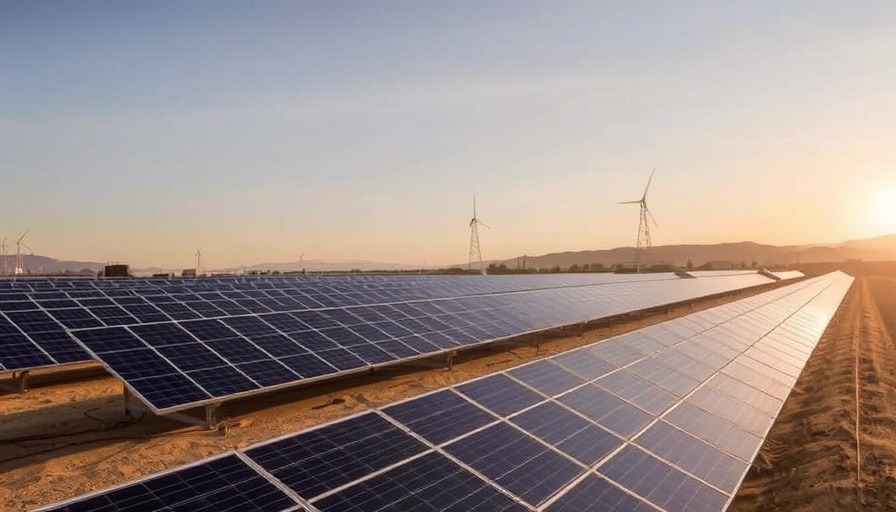
Understanding the Solar Power Meltdown in Spain
In the late 2000s, Spain was considered a pioneer in the field of solar energy, aiming to lead the charge towards a sustainable future. However, a combination of government policies, market dynamics, and rapid technological advancements led to a solar power meltdown that sent shockwaves across the renewable energy landscape. Homeowners, eco-conscious consumers, and energy policymakers must understand the nuances of this historical event to learn from Spain's experience and avoid similar pitfalls.
The Rise and Fall of Solar Energy in Spain
Initially, Spain's solar energy sector thrived, driven by generous government subsidies designed to encourage investments in renewable technologies. The feed-in tariff policy guaranteed fixed payments to solar producers, which attracted a wave of investments. By 2010, Spain had the highest per capita solar capacity in the world, and many believed it was on the cusp of a renewable revolution.
However, this solar boom started to wane due to the large-scale oversupply of solar power combined with the economic crisis that hit Spain around 2008. Suddenly, the government faced substantial fiscal pressure, leading to sharp cuts in subsidies and drastic changes in policies aimed at curbing financial losses. These abrupt shifts created instability within the sector, ultimately leading to a sharp decline in solar projects.
Counterarguments: Was the Meltdown Inevitable?
Critics view the situation as a multifaceted predicament affected by global economic conditions rather than just misguided domestic policies. They argue that the rapid pace at which solar technology evolved, accompanied by crashing installation costs, placed significant strain on existing business models. Others believe that the lack of proper regulatory frameworks and incentives for innovation contributed to the downfall of solar energy in Spain.
Lessons for Current and Aspiring Solar Markets
Spain's case highlights the importance of designing stable and sustainable policies for the energy market. Investors, homeowners, and policymakers should seek to establish regulatory frameworks that not only stimulate growth but also maintain flexibility against market changes. In emerging markets, scaling solar energy must be done with caution and consideration of local economic dynamics.
Furthermore, as we face a global shift towards renewable energy, Spain’s experience serves as a cautionary tale about over-reliance on government support without planning for future market conditions.
Future Predictions for Sustainable Energy
The renewable sector is witnessing a resurgence globally. With advancements in technology, the cost of solar installations continues to decline. As other countries push for greener energy sources, it is essential for governments to learn from past mistakes. Future policies should incorporate adaptive mechanisms that buffer against economic downturns while ensuring continued investment and innovation.
Conclusion: Take Action for a Sustainable Future
For homeowners and business owners alike, the lesson is clear: understanding the solar power landscape and being proactive in energy solution adoption is vital. As you consider the benefits of solar installations, remember the past but focus on building a sustainable future. If you are considering a solar investment for your home or business, now is the time to explore options that will not only reduce energy costs but also contribute to a greener planet.
 Add Row
Add Row  Add
Add 



Write A Comment